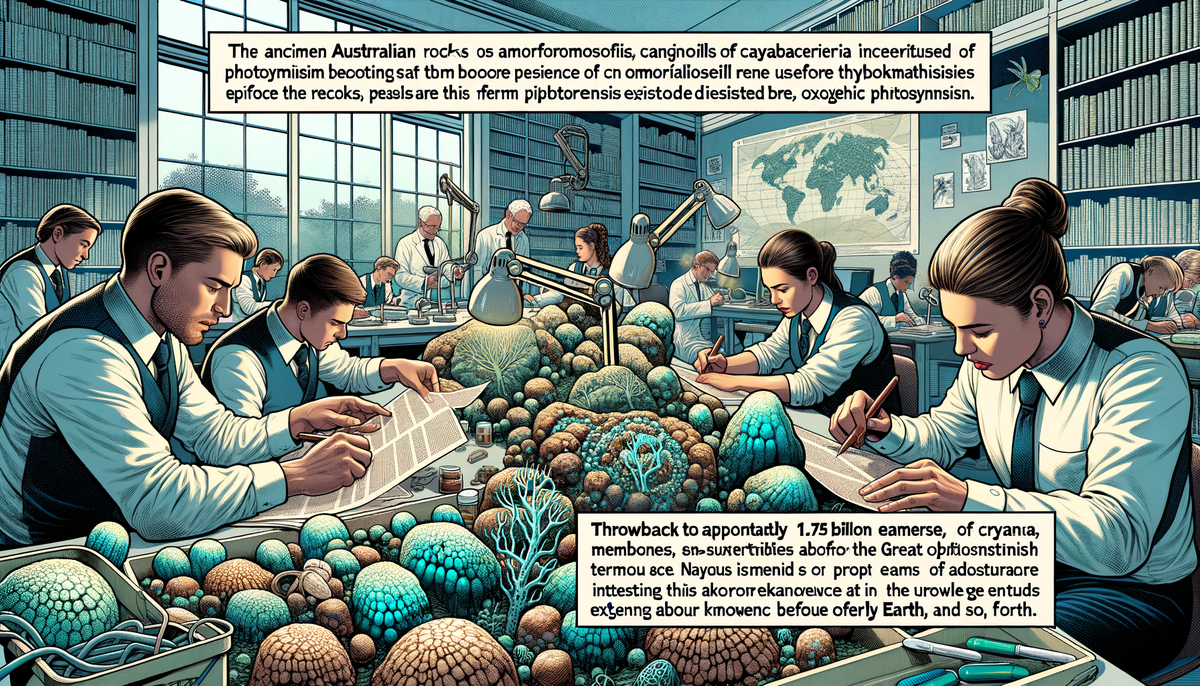Australian Microfossils Present Earliest Clues of Photosynthesis Evolution

A team of researchers led by Emmanuelle Javaux from the University of Liège, Belgium, has made a significant discovery in ancient Australian rocks that are about 1.75 billion years old. These rocks contain microfossils of a type of cyanobacteria known as Navifusa majensis, which reveal the presence of thylakoid membranes. Thylakoids are structures critical to the process of oxygenic photosynthesis, the method by which certain organisms convert light into energy, producing oxygen as a byproduct.
The findings, published in the journal Nature, indicate that photosynthetic organisms may have existed before the Great Oxidation Event, which occurred approximately 2.4 billion years ago when Earth experienced a significant increase in atmospheric oxygen. The research pushes back the earliest known evidence of oxygen-producing photosynthesis by over a billion years. These discoveries not only contribute to our understanding of the evolution of photosynthesis but also have implications for the study of early Earth ecosystems and the development of life on our planet.




